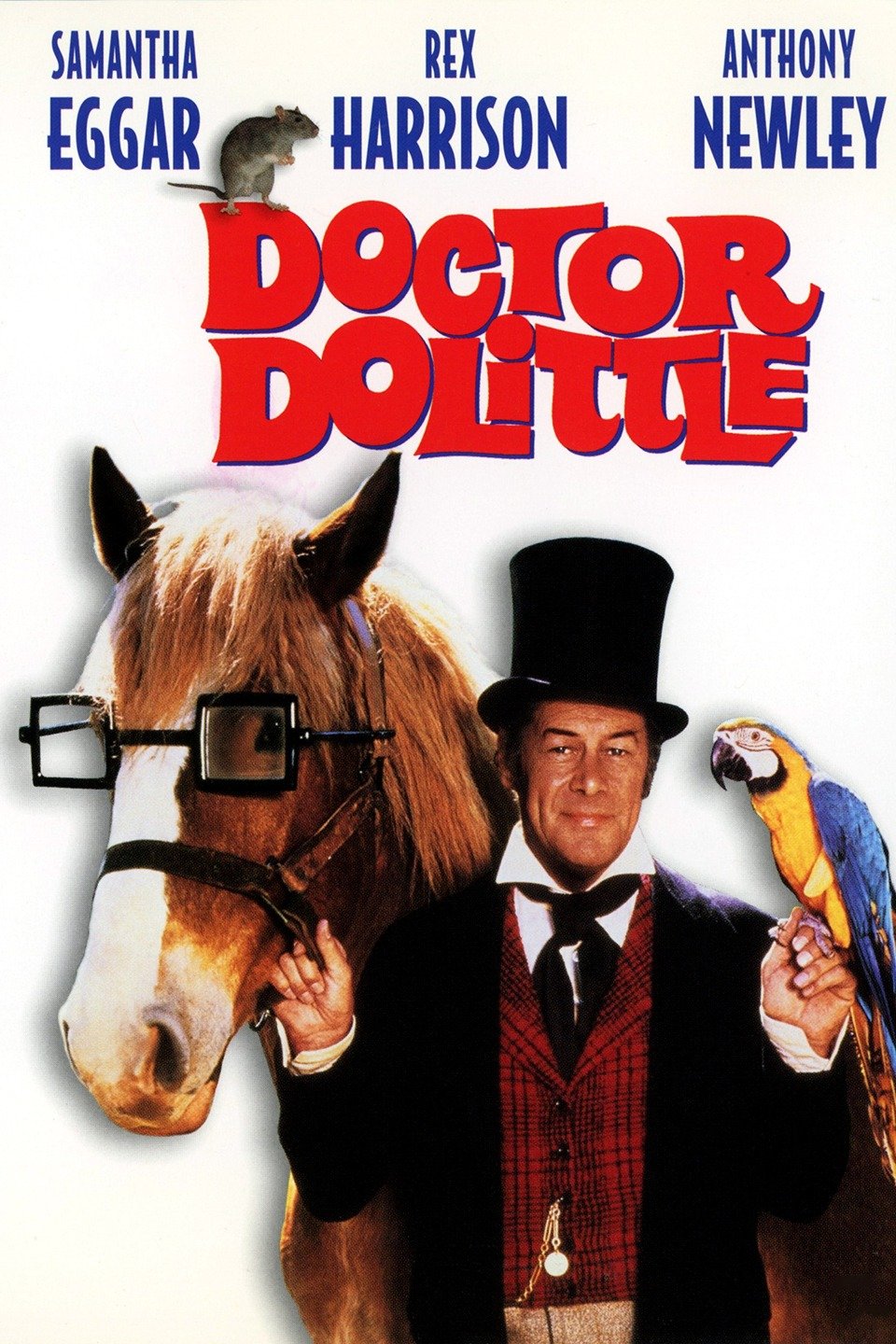
The Voyages of Doctor Dolittle
The delightfully eccentric Doctor Dolittle, rendered immortal on screen by the gifted Rex Harrison, has remained a firm favorite with generations of children ever since he made his debut in an earlier novel, The Story of Doctor Dolittle.In his second outing titledThe Voyages of Doctor Dolittle, the maverick physician takes on a new assistant, Tommy Stubbins. The story is structured as a first person account given by Tommy, who is now a very old man. The boy who was the son of the village cobbler first meets Doctor Dolittle when he takes a hurt squirrel to the doctor for treatment. Tommy and the doctor quickly become friends, and the boy soon learns how to communicate with animals in their own languages. The remarkable talking parrot, Polynesia and other amazing creatures from the previous book also appear in this sequel. The mysterious disappearance of a friend of the doctor's called Luke the Hermit sets off a train of strange events. And Tommy finds himself accompanying the good doctor on an exciting, hazardous voyage to find Long Arrow, a native American and the son of Golden Arrow, who is reputed to be the greatest living naturalist in the world.The kind hearted, quirky, animal rights activist Doctor Dolittle dominates the plot. His enduring humanitarian approach to the world around him, his desire for peaceful coexistence among all and his concern for the environment make him a memorable and endearing character. This as much an adventure story as a strong appeal for compassion towards the innumerable species that share our planet with us. There are shipwrecks, South American and Mediterranean locations, underwater explorations where they discover a giant sea snail and wonderful descriptions of land and sea.Critics of Hugo Lofting's work point out that there are several passages which are now politically incorrect. However, readers would do well to remember that these books were written more than a hundred years ago, when attitudes to colonization and race were quite different.In the dozen or so books featuring Doctor Dolittle, the author Hugo Lofting ensures that a wide variety of themes, locations and ideas are explored. The books were originally illustrated by the author himself, as he was a talented artist and naturalist himself.

Doctor Dolittle
(1967)

The Story of Doctor Dolittle
Doctor John Dolittle loves animals. He loves them so much that his home and office overflow with animals of every description. When Polynesia the parrot teaches him the language of the animals, Doctor Dolittle becomes a world-famous doctor, traveling even as far away as Africa to help his friends. The Story of Doctor Dolittle, Being the History of His Peculiar Life at Home and Astonishing Adventures in Foreign Parts (1920), written and illustrated by Hugh Lofting, is the first of his Doctor Dolittle books, a series of children's novels about a man who learns to talk to animals and becomes their champion around the world. It was one of the novels in the series which was adapted into the film Doctor Dolittle.

No comments:
Post a Comment